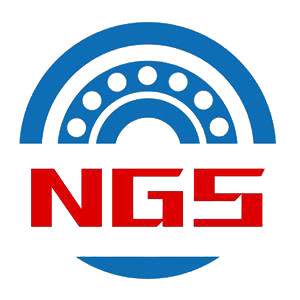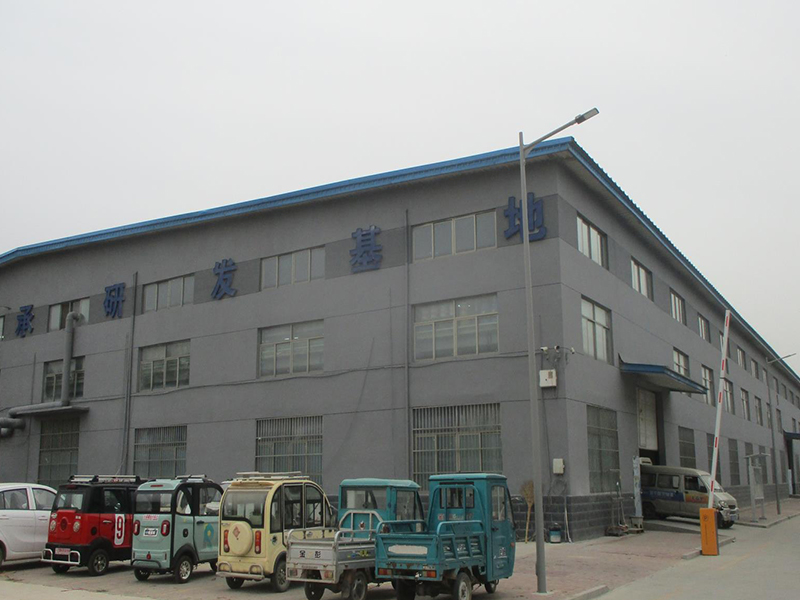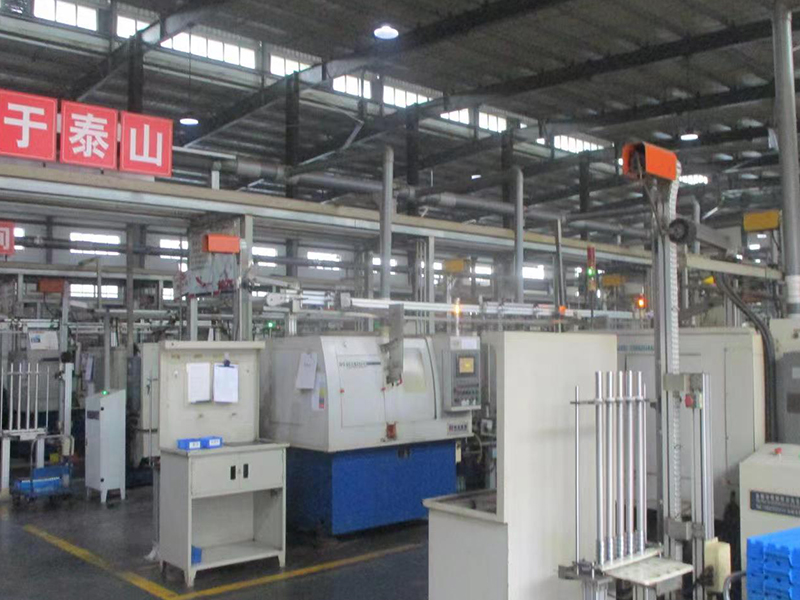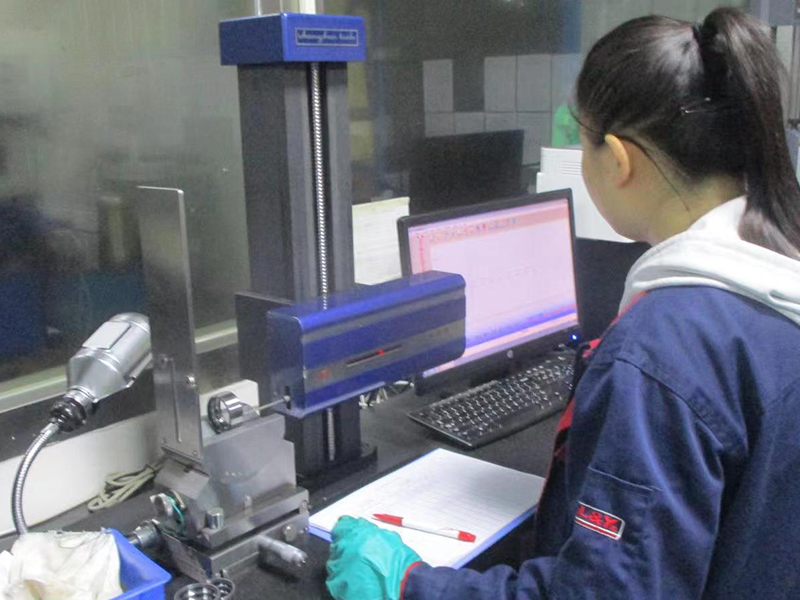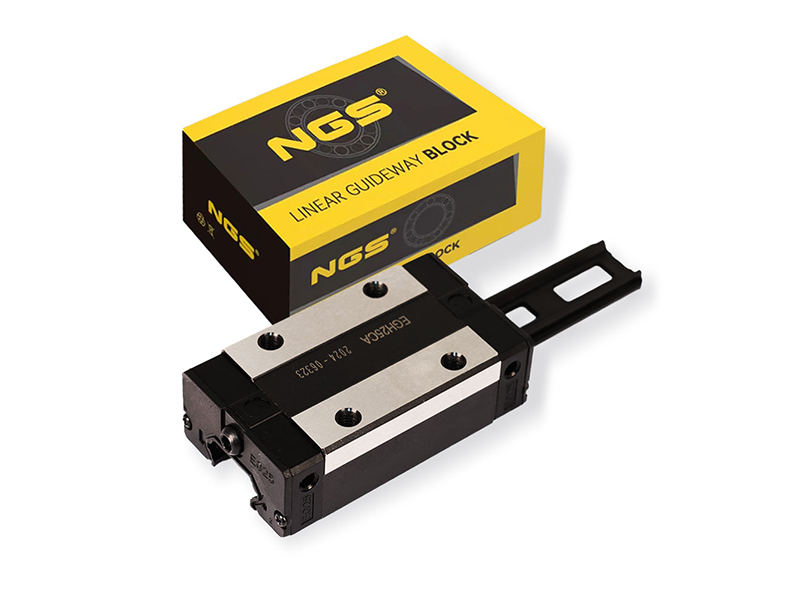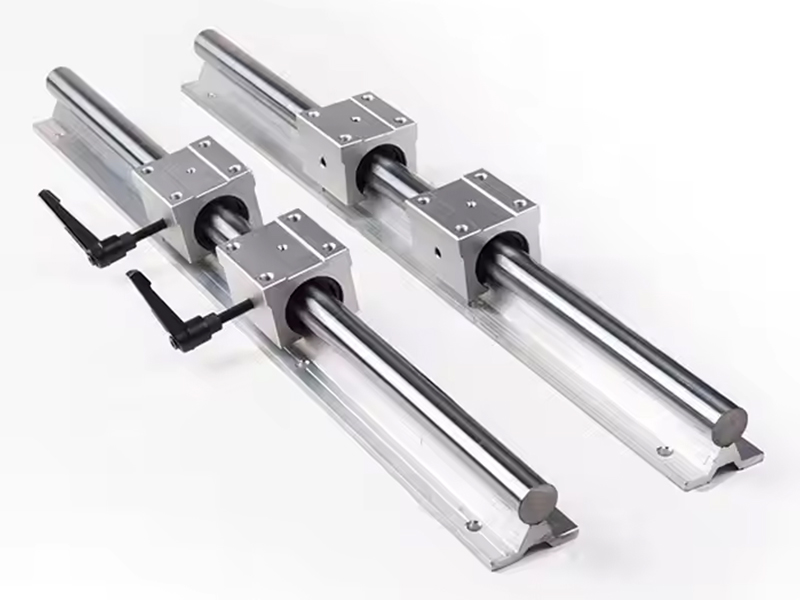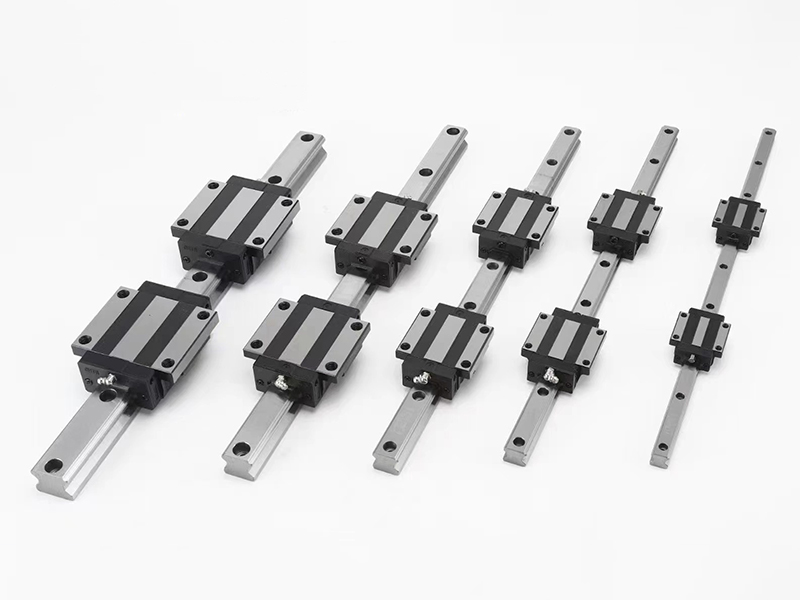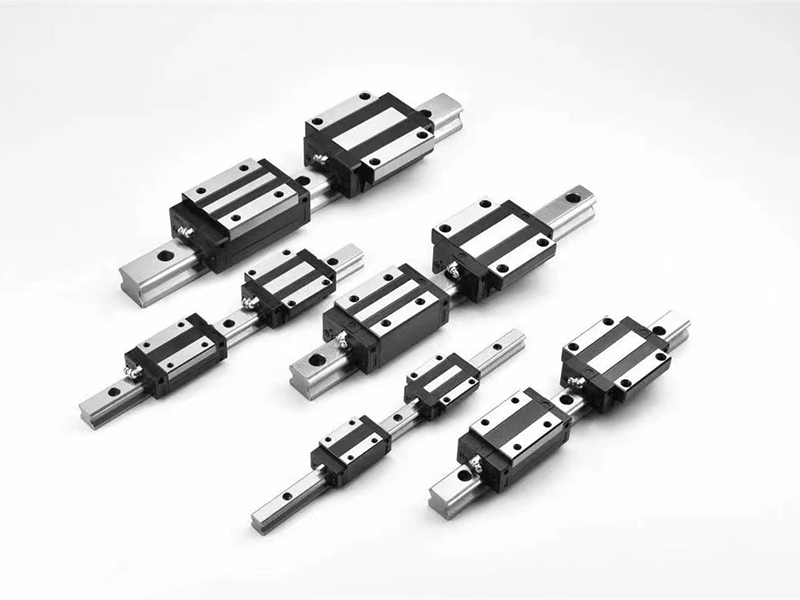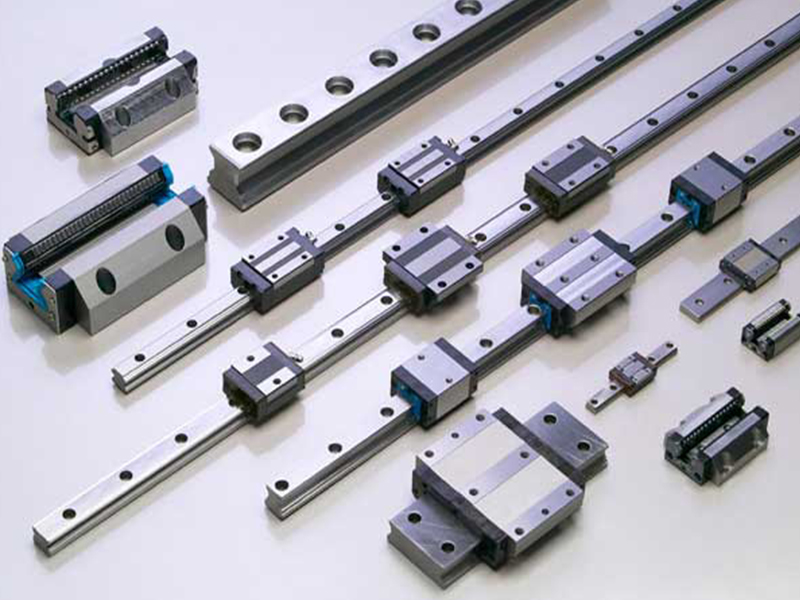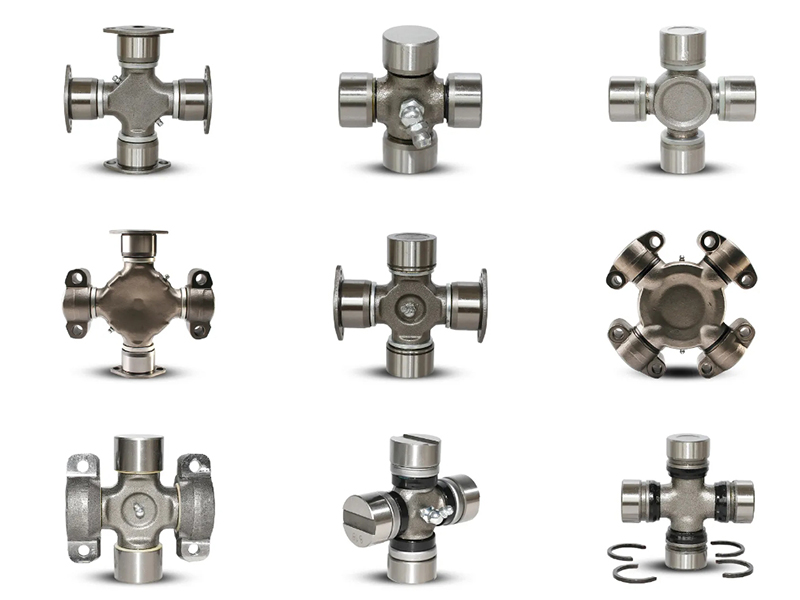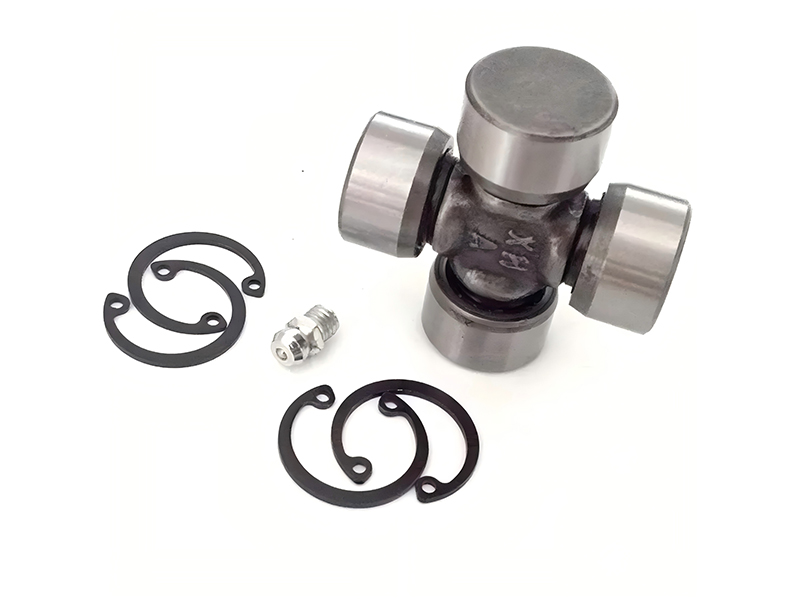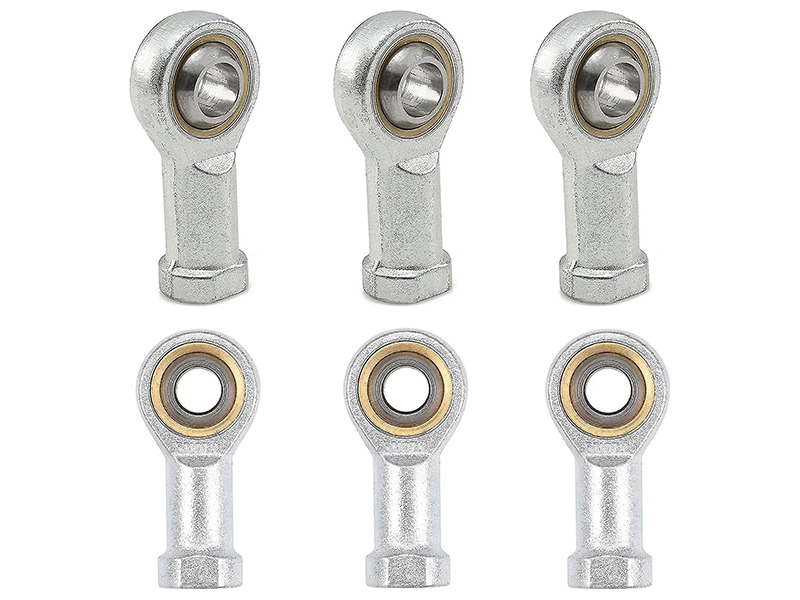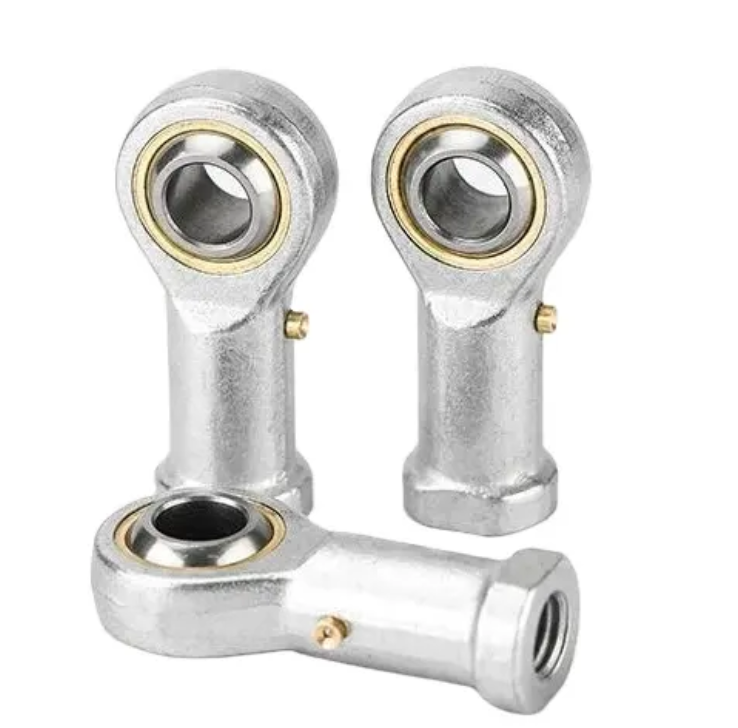1. Understanding the Stainless Steel Lead Screw
A stainless steel lead screw is a mechanical component that converts rotary motion into precise linear movement. What distinguishes this stainless steel lead screw from conventional alternatives is its material composition, typically utilizing austenitic stainless steels like 304 or 316/L. When engineers specify a stainless steel lead screw, they're typically selecting a trapezoidal lead screw profile with a 30° thread angle. This trapezoidal lead screw design provides stable contact surfaces and high load-bearing capacity. Unlike ball screws, this stainless steel lead screw operates on sliding friction principles, offering inherent self-locking capabilities. For applications requiring corrosion resistance, the stainless steel lead screw outperforms all carbon steel alternatives.
Key Characteristics:
Material Composition: The fundamental aspect of any stainless steel lead screw is its metallurgy, with SUS304 being the standard and SUS316/L offering enhanced chloride resistance.
Thread Profile: Most stainless steel lead screw products feature a trapezoidal lead screw design with a 30° thread angle.
Operating Principle: A stainless steel lead screw operates on sliding friction, differing fundamentally from recirculating ball systems.
2. Core Advantages: Why Choose Stainless Steel Lead Screw Technology?
2.1 Superior Corrosion Resistance
The primary reason for selecting a stainless steel lead screw is its resistance to corrosive environments. A quality stainless steel lead screw withstands high-humidity conditions without rusting. When sourcing from specialized lead screw suppliers, engineers can specify the optimal grade of stainless steel lead screw for their specific environmental challenges, whether acidic, alkaline, or chloride-rich.
2.2 Sanitary and Cleanroom Compatibility
The surface of a properly manufactured stainless steel lead screw can be polished to microscopic smoothness, preventing microbial adhesion and facilitating thorough cleaning. This makes the stainless steel lead screw indispensable in industries with strict hygiene standards. When evaluating lead screw suppliers, their ability to provide appropriately finished stainless steel lead screw products should be a key consideration.
2.3 Self-Locking Capability
The trapezoidal lead screw profile inherent in most stainless steel lead screw designs provides natural self-locking when the lead angle is sufficiently small. This safety feature makes the stainless steel lead screw ideal for vertical applications where maintaining position without external braking systems is crucial.
2.4 Cost-Effectiveness for Specific Applications
While a stainless steel lead screw typically carries a premium over carbon steel versions, it remains more economical than stainless steel ball screws for many applications. When consulting with lead screw suppliers, engineers often discover that the stainless steel lead screw provides the optimal balance between performance and cost in corrosive environments.
3. Typical Application Scenarios
3.1 Food and Packaging Machinery
In food processing equipment, the stainless steel lead screw provides reliable motion control while withstanding frequent washdowns. A trapezoidal lead screw made from stainless steel maintains accuracy despite exposure to food particles, cleaning agents, and moisture. Leading lead screw suppliers report that approximately 30% of stainless steel lead screw production serves this sector.
3.2 Medical and Laboratory Equipment
The cleanroom-compatible stainless steel lead screw is essential in medical devices where contamination control is paramount. From adjustable hospital beds to laboratory automation, the stainless steel lead screw ensures precise positioning without introducing particulate contamination. Medical device manufacturers rely on certified lead screw suppliers for stainless steel lead screw components that meet stringent regulatory requirements.
3.3 Marine and Offshore Applications
The saltwater resistance of a 316-grade stainless steel lead screw makes it invaluable in marine environments. Whether controlling boat hatches or operating oceanographic equipment, the stainless steel lead screw withstands the corrosive effects of salt spray and immersion.
3.4 Chemical Processing Equipment
In chemical plants, the stainless steel lead screw operates reliably despite exposure to corrosive vapors and liquids. The trapezoidal lead screw configuration provides the robustness needed for valve actuation and other critical functions in these demanding environments.
3.5 Outdoor and Architectural Applications
From movable signage to stage machinery, the stainless steel lead screw provides durable motion control in weather-exposed applications. The corrosion-resistant properties of the stainless steel lead screw ensure long service life without maintenance-intensive protective coatings.
4. Integration with CNC Systems
The modern CNC lead screw frequently utilizes stainless steel construction, particularly when the machinery operates in challenging environments. A CNC lead screw made from stainless steel maintains precision despite exposure to coolants, metal particles, and humidity. When specifying a CNC lead screw for such conditions, the stainless steel lead screw option provides enhanced longevity.
The manufacturing process for a precision stainless steel lead screw typically involves computer-controlled equipment, ensuring the accuracy required for CNC lead screw applications. Reputable lead screw suppliers employ advanced CNC threading equipment to produce trapezoidal lead screw profiles with tight tolerances. This manufacturing precision makes the modern stainless steel lead screw suitable for applications ranging from manual positioning to fully automated CNC lead screw systems.
When designing a CNC lead screw system for corrosive environments, the stainless steel lead screw offers distinct advantages over coated or plated alternatives. The homogeneous material properties of a solid stainless steel lead screw ensure that corrosion resistance extends throughout the component, not just at the surface. This is particularly important for a CNC lead screw where even minimal corrosion can degrade performance.
5. Selection Considerations
5.1 Material Grade Selection
Choosing the appropriate grade is crucial when selecting a stainless steel lead screw. While a 304 stainless steel lead screw suffices for many applications, environments containing chlorides require a 316 stainless steel lead screw. Experienced lead screw suppliers can advise on the optimal material for specific operating conditions.
5.2 Thread Profile Considerations
The trapezoidal lead screw remains the most common profile for stainless steel lead screw products due to its excellent load-bearing characteristics and manufacturing efficiency. However, some specialized applications may warrant alternative thread forms, which quality lead screw suppliers can typically provide.
5.3 Precision Requirements
The manufacturing capabilities of lead screw suppliers vary significantly, particularly regarding a precision stainless steel lead screw. For CNC lead screw applications, higher grades of stainless steel lead screw precision are typically required compared to manual positioning systems.
5.4 Lubrication Compatibility
Even a stainless steel lead screw requires proper lubrication, particularly in trapezoidal lead screw configurations where sliding contact occurs. The lubrication requirements for a stainless steel lead screw differ from those of carbon steel equivalents, and reputable lead screw suppliers can recommend compatible lubricants.
